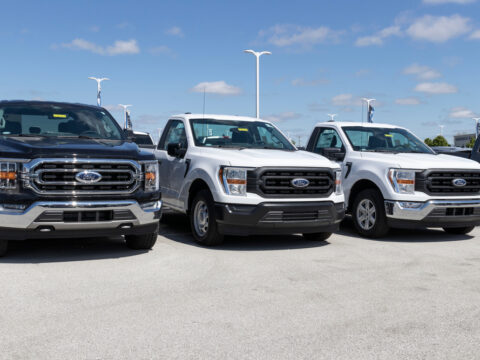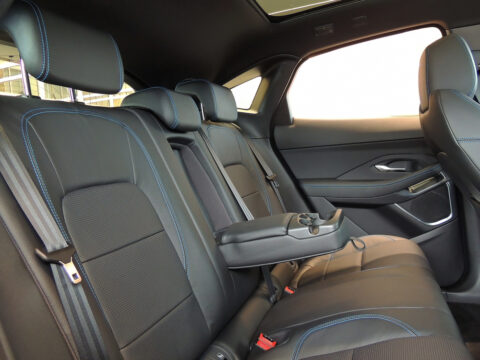The island of Cuba conjures images of handmade cigar boxes, Hemingway aboard the Pilar (his fishing boat), and of course—every retro American automobile in the pastel rainbow.
1950s American cars have been a cultural sticking point in Cuba for generations, but why hasn’t it changed? Or, more importantly, how do these cars still run? Let’s venture down to the Caribbean to look at these Cuban national treasures and learn why and how they remain iconic today.
Contents
The Trade Embargo
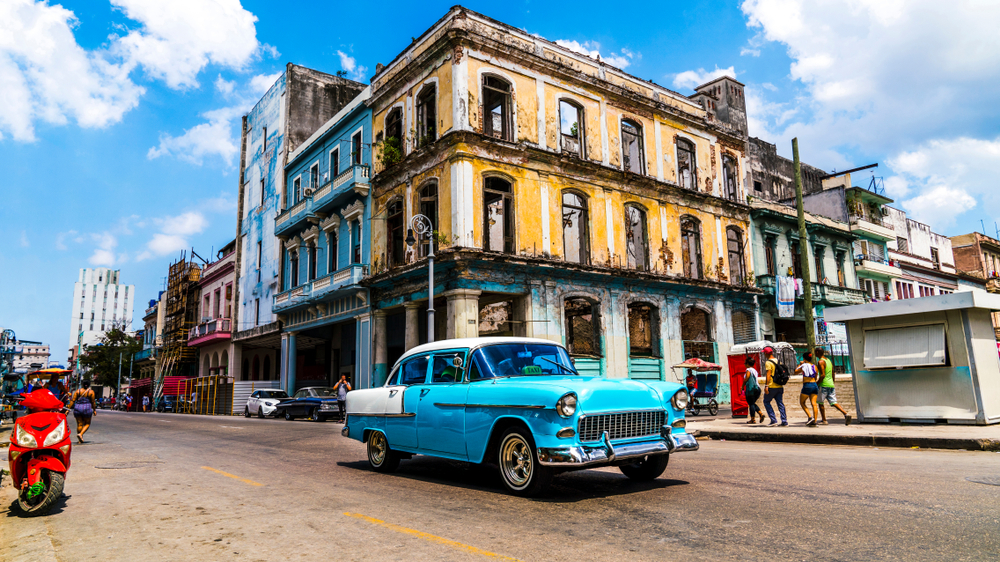
Quick history lesson: when Communist leader Fidel Castro overtook the Cuban government and assumed political and military power in 1959, tensions with the United States were high. The Cold War was in full force, and 1962, President John F. Kennedy initiated a trade embargo that banned the importation of goods between the two nations due to Castro’s ties to the Soviet Union. Castro was involved in politics until his death in 2016, and the embargo is still in effect today, but it has eased up a little. Trade exists between the US and Cuba, just in very limited quantities.
Cuba’s geographic closeness to the US previously meant the importation of American goods just made sense, which is why the majority of cars in Cuba were of US origin—think Chevrolet, Ford, Chrysler, Studebaker, and Oldsmobile. After the trade embargo was enacted, the auto industry in Cuba became frozen in time.
How many old cars are in Cuba?
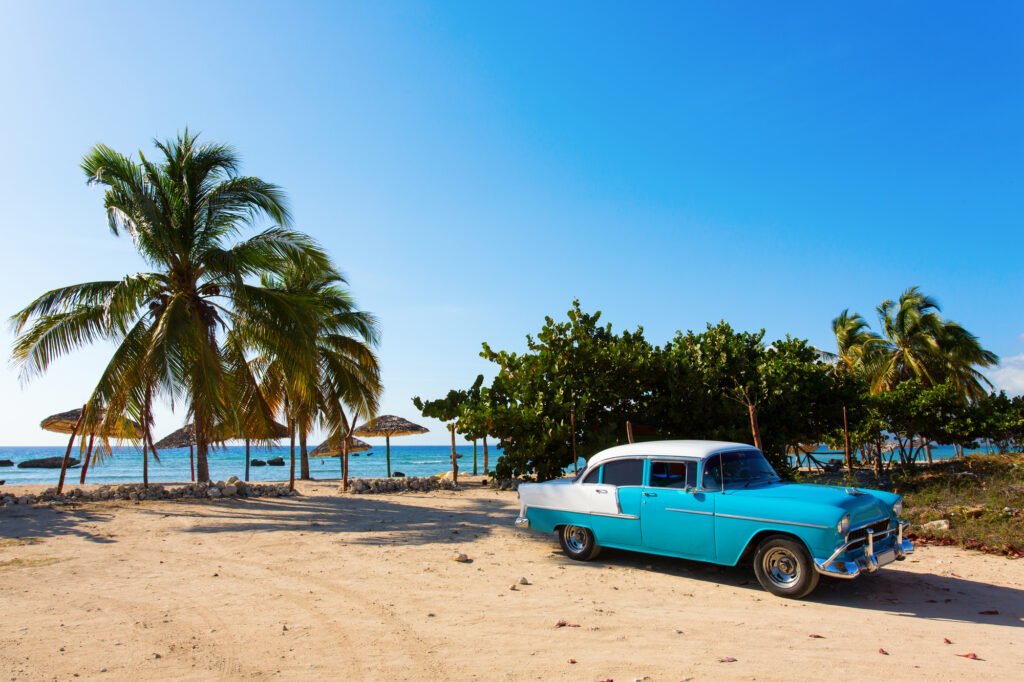
There are an estimated 60,000 cars in Cuba that are now considered classics. Before the ban, Cubans had imported cars from the US for fifty years. Nearly half of these vehicles hail from the 1950s, while the other half comprises autos from the 1930s and 40s. It’s common for Cubans to treat their vehicles like heirlooms and keep them in the family from generation to generation.
Autotrader suggests that the average age of a modern vehicle, whether it be American, Japanese, European, or the like lasts about 11 to 12 years and travels about 12,000 to 15,000 miles per year. Many Americans trade in their used vehicles after they hit 100,000, but even if they don’t, running a car much past the 200,000-mile mark is pretty rare.
What about Cubans? How do they keep a car that’s 70 years old—if not older—running?
How do the cars run for so long?
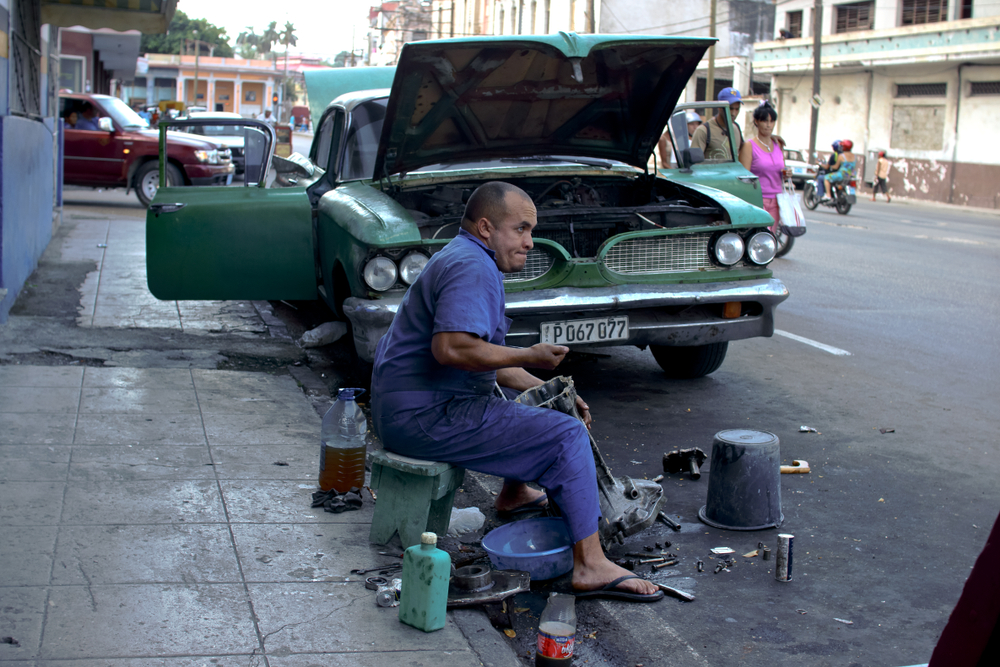
They get creative.
If you know anyone who drives a vehicle from the 1950s or around that time, they probably spend a lot of time maintaining it. They probably even call it their baby. In America, this type of person is probably a vintage-loving hobbyist with a decent amount of time on their hands. In Cuba, keeping an old car running is just a way of life.
The trade embargo prohibited all US goods from entering Cuba, so not only could people not get new American cars, they couldn’t source American car parts or tools necessary to fix the vehicles they already had.
Wire and glue are some of the most popular materials used in Cuban car repairs, especially cosmetics. There are usually a few layers of paint on the average chassis, and many hood ornaments are made from scrap metal and crafted by hand. As for mechanical maintenance, Cuban mechanics think nothing of retrofitting a Chevy with a Russian diesel engine.
During the height of Castro’s power, Cubans had to get special permission to build their own cars, which was uncommon. The small number of auto imports permitted were almost entirely from Russia or the Eastern Bloc, like Moskvichs, Ladas, and Volgas—cars that most Americans have never heard of, let alone seen for the same political reasons that made them a normal sight in Cuba. Cubans have become experts at restoring classic American cars with Communist-approved vehicle components. This is something they are very proud of—and they should be.
Are there new cars in Cuba too?
There are. Around 2011, the once strict regulations surrounding the buying and selling cars in Cuba began to loosen in the name of economic reform—but the taxes were astronomical and nearly impossible to afford.
With this small step toward progress, newer autos like the Chinese-made Geely CK and South Korean Kias slowly began to filter onto Cuba’s roadways. Cuba’s automotive future looks more hopeful than days past. Still, for now, the classic American vehicles that line its blocks remain a testament to the resilience and ingenuity of the Cuban people.
This article originally appeared on MyCarMakesNoise.
More from MyCarMakesNoise
Flashback to the Future: The 11 Most Iconic Cars of the 1980s

From elegant luxury sedans to awe-inspiring supercars, the ’80s gave us a fleet of vehicles that combined style, performance, and innovation in unimaginable ways. Read More.
Drive Back in Time: The Classic Cars That Defined the 1950s
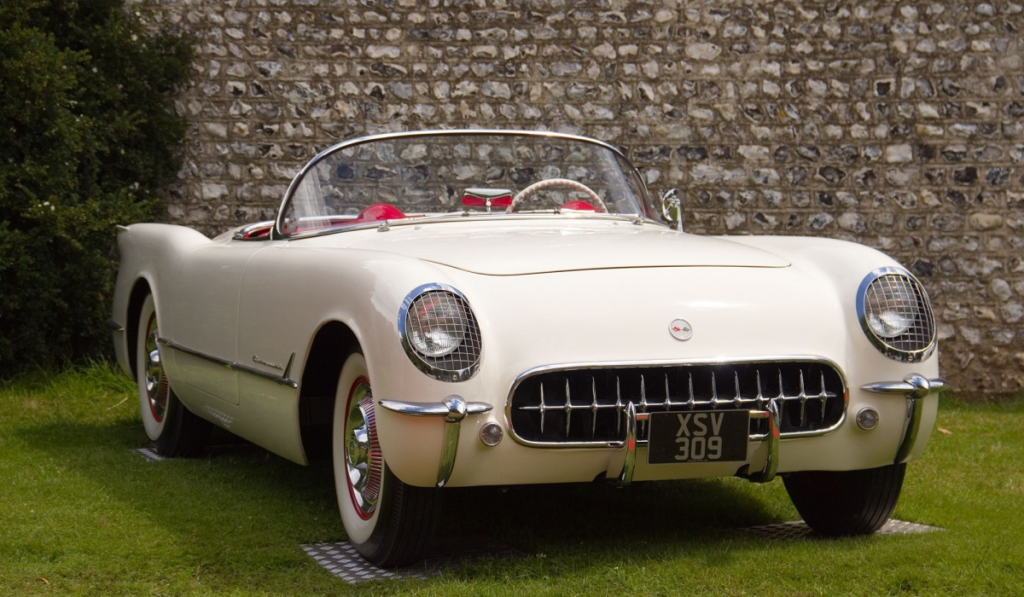
From the birth of the American muscle car to the introduction of compact European wonders, the 50s sculpted the roadmap for automotive design and performance. Read More.
Autonomous Roadblocks: The 10 Key Reasons Self-Driving Cars May Never Succeed

This article delves into the heart of the matter and explores the ten key reasons self-driving cars may never succeed. From complex ethical dilemmas to technological limitations, we uncover the roadblocks that stand in the way of full autonomy. Read More.

